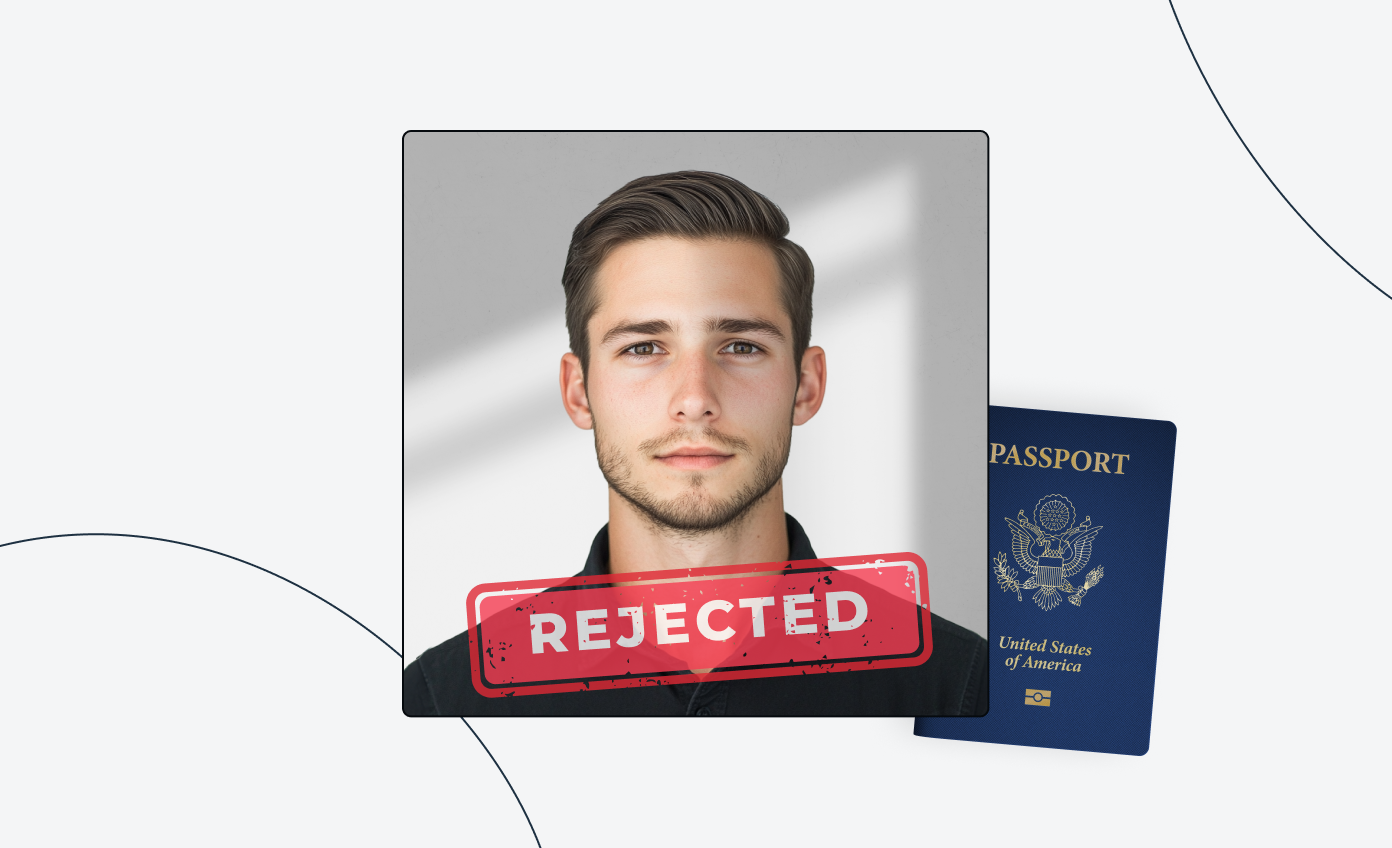Don’t Let Your Passport Photo Get Rejected – Here’s What You’re Doing Wrong!
Passport photos are a crucial part of the application process for a U.S. passport, and if your photo doesn’t meet specific standards, it could be rejected—leading to delays and frustration. According to recent reports, the U.S. Department of State has seen an increase in rejected passport photos. With many travelers planning trips this summer, it’s more important than ever to ensure your passport photo follows the required guidelines.
Key Passport Photo Guidelines
If you’re applying for a U.S. passport, it’s essential to get your photo just right. Here are the key things you need to know:
-
Size: Your passport photo should be 2 x 2 inches, with your face clearly visible in the center. The face must be between 1 inch and 1 3/8 inches (25mm to 35mm) from the bottom of your chin to the top of your head.
-
Background: A plain white or off-white background is a must. Anything that isn’t a solid, light-colored background could lead to rejection.
-
Lighting: Make sure your photo is evenly lit with no shadows on your face or the background. Clear, bright lighting will make your face visible and avoid any glare.
-
Expression: Keep a neutral expression with your mouth closed and eyes open. Smiling or making other facial expressions is a no-go.
-
Clothing: You should wear everyday clothing, avoiding uniforms or anything that might obscure your face. Religious headwear is okay, as long as it doesn’t block your facial features.
-
No Glasses: Glasses have been banned in passport photos since 2016, unless you have a medical reason for wearing them. In that case, you’ll need to provide a note from your doctor.
-
Image Quality: The photo needs to be clear, sharp, and free from any damage or alterations. Avoid blurry or pixelated pictures that are hard to see.
Common Mistakes Leading to Rejections
![]()
Even with the best intentions, it’s easy to make a mistake that can result in a rejected photo. Here are some of the most common issues:
-
Wrong Background: Many applicants forget the crucial requirement of a plain white or off-white background. If your background is anything else, your photo could be rejected.
-
Head Position: Tilting your head or not having your face centered properly can lead to a rejection.
-
Clothing and Accessories: Wearing bright, patterned shirts, hats, or jewelry that obscures your face can cause problems. If you’re wearing headgear for religious reasons, make sure it doesn’t cover your facial features.
-
Image Quality: A low-quality, blurry, or poorly printed photo will likely be rejected. Ensure the photo is clear and sharp.
Tips for a Successful Passport Photo
-
Get Professional Help: Many pharmacies, post offices, and online services offer professional passport photo services. They know the rules and can help you avoid mistakes.
-
Double-Check Guidelines: Rules can change, so it’s always a good idea to review the official guidelines on the U.S. Department of State website before submitting your photo.
-
Review Your Photo: After taking the photo, check it thoroughly for any issues that could lead to rejection. Ensure your face is visible, expression neutral, and the lighting is even.
-
Consider Digital Submissions: If you’re renewing your passport online, ensure your digital photo follows the Department of State’s digital photo guidelines. It needs to be 2 x 2 inches and in color, with a clean background.
The Bottom Line
Getting your passport photo right the first time is crucial to avoid delays in your application process. By following the guidelines, you can ensure your photo meets the standards, saving you time and frustration. If in doubt, professional photographers or online services can help you get it right. Keep these tips in mind, and your passport application process will go much smoother. Safe travels!



Comments are closed, but trackbacks and pingbacks are open.